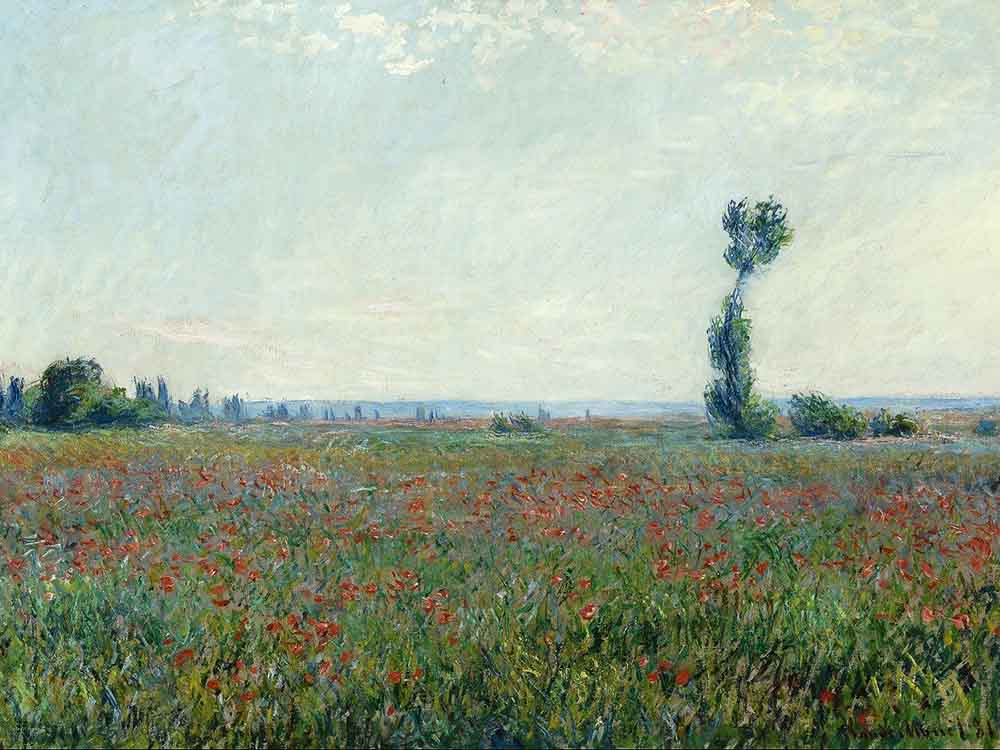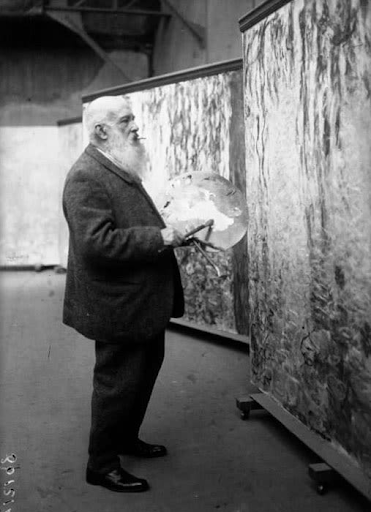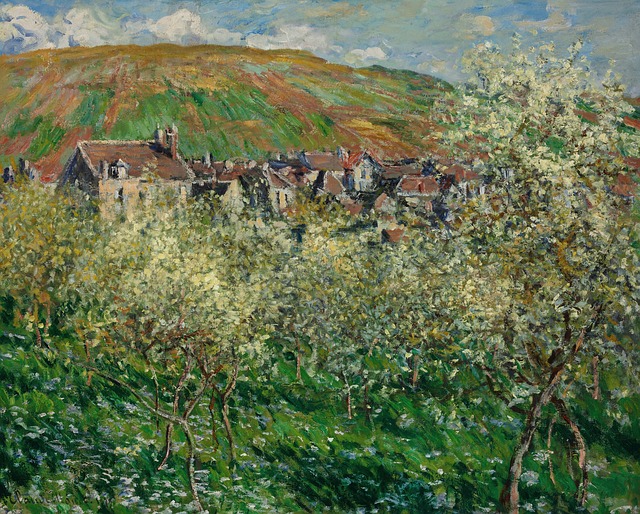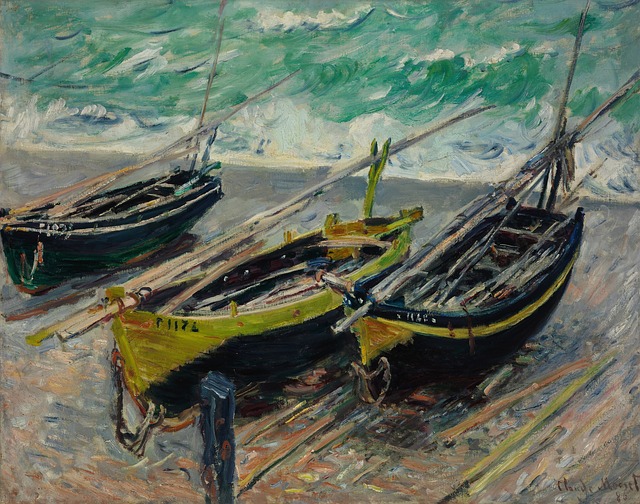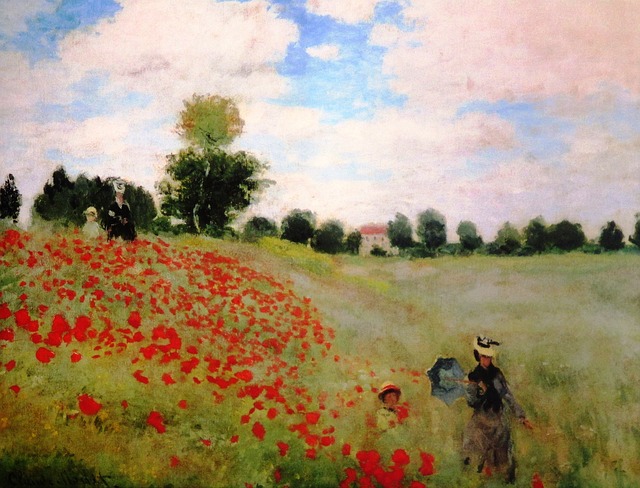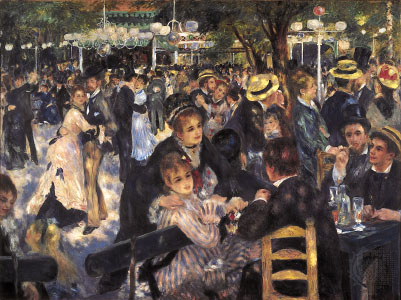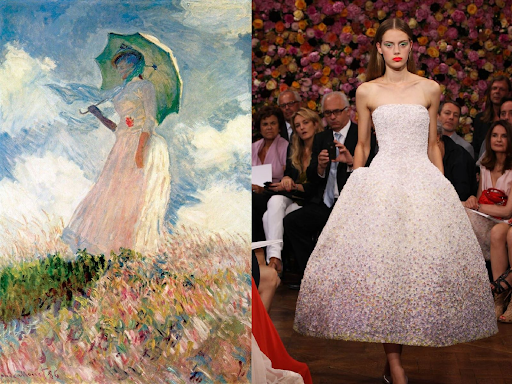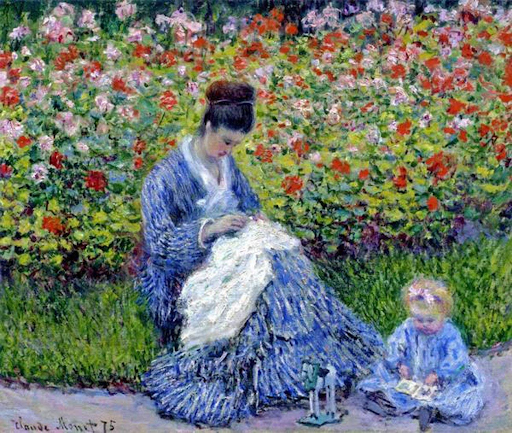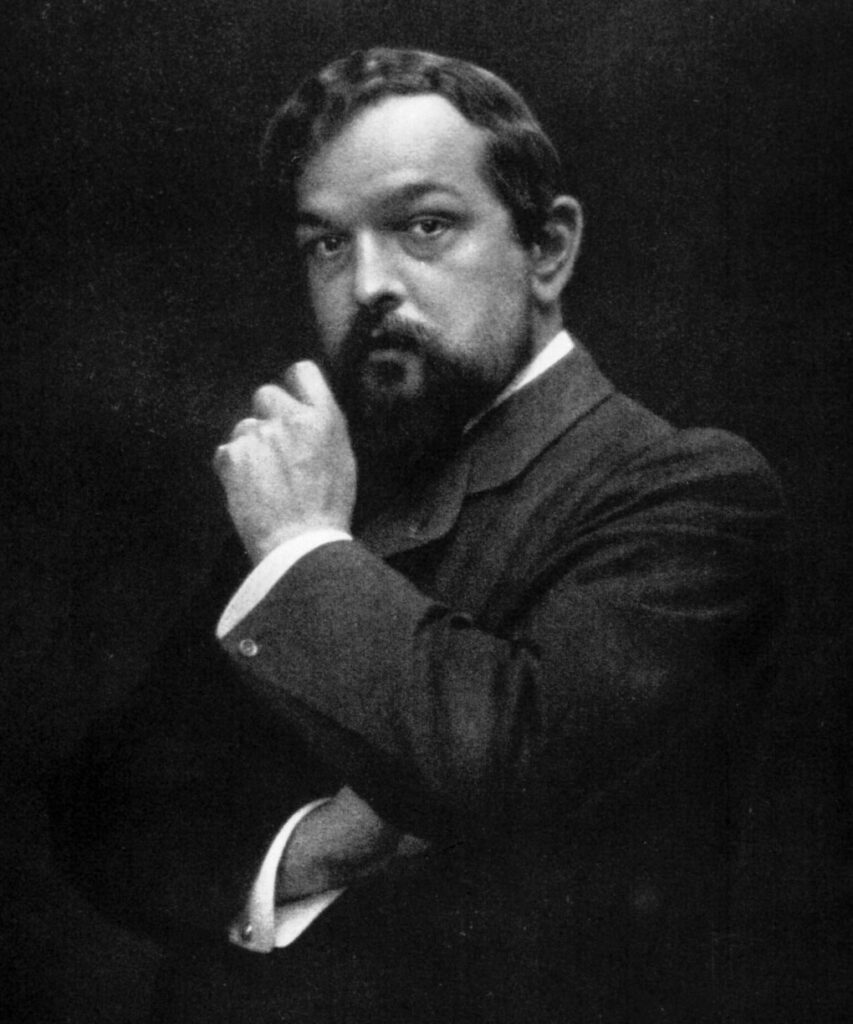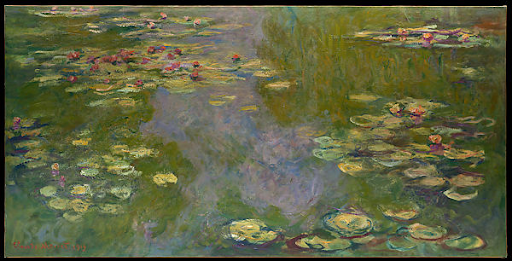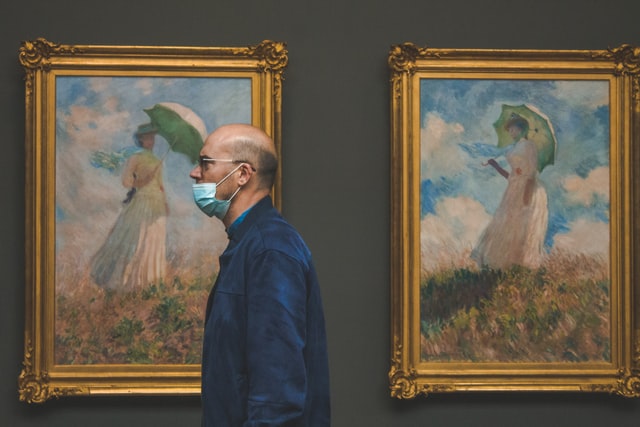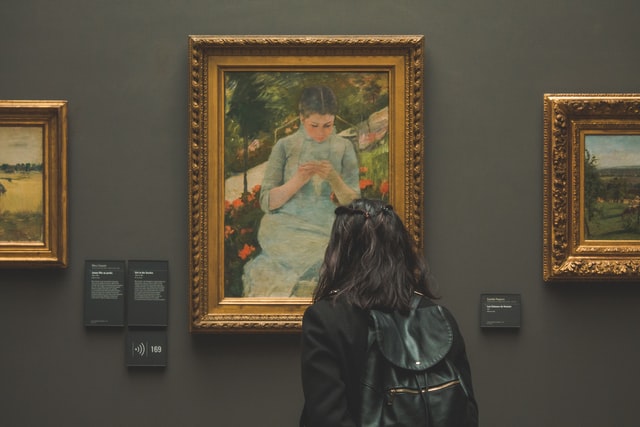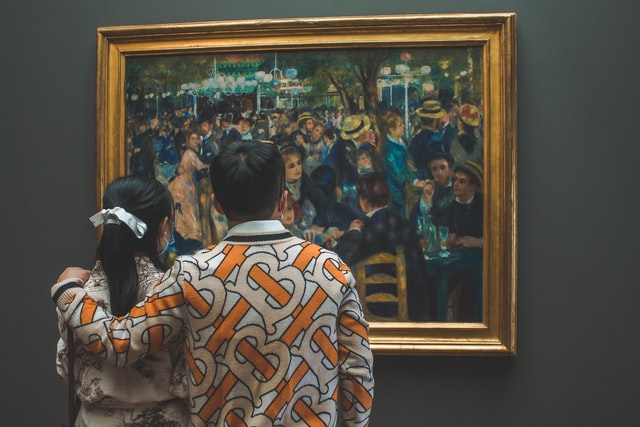Claude Monet is regarded as the leader of the French Impressionist movement where artists used their work to depict everyday realities. Monet was born in 1840 in Paris and from a very young age, he developed a love for the arts. However, it was when Monet met Eugene Boudin — a local landscape artist — that he started practicing the art of painting in the open air, with light, feathery strokes, and that very style went on to define some of his most famous works where he used paint to visualize his impression of the world around him.
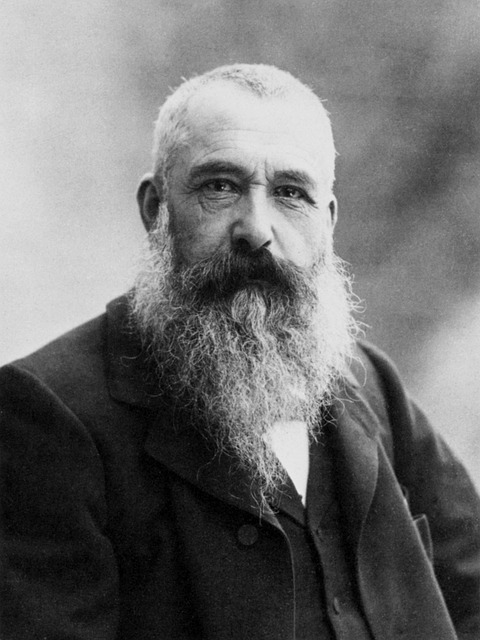
Monet’s Impact on The World
Monet single-handedly led and gave the Impressionist Movement its name. He started off as a local caricature artist and transitioned into a painter who was able to capture all kinds of lights and colors in his paintings. Monet’s use of specific color palettes and oil paint to replicate the movement of natural light went on to inspire the works of artists like Vincent Van Gogh and Andy Warhol, showing that even the most mundane objects can be turned into extraordinary pieces of art. His distinctive technique of applying paint in small strokes became one of his most recognizable features with series like Water Lilies occupying a monumental place in art history.
“No one is an artist unless he carries his picture in his head before painting it, and is sure of his method and composition.”
—Claude Monet
“Color is my day-long obsession, joy, and torment.”
—Claude Monet
Monet’s Impact on Literature
Monet had a direct impact on the literature of his time. His paintings made use of sensory details to recreate his impression of the world on his canvas. This technique extended over to literature where authors started making use of the subjective point of view of their characters, forcing the reader to interpret the text in their own ways. Impressionist literature also relied a lot on describing locations along with any smells, sounds, and feelings that were being experienced by their characters for a more immersive reading experience, similar to Monet’s work.
Monet’s Impact on Fashion
The line between art and fashion is very thin which is why many designers over the years have taken inspiration from and paid homage to Monet’s work through their clothes, including Chanel and Rodarte. Monet’s Water Lily series has been replicated by designers like Dolce and Gabbana, Christian Dior, and Raf Simmons. Monet popularized the use of vibrant, intense colors to portray nature. Monet’s own love for fashion can also be seen in his work where he uses delicate strokes and impeccable detailing to paint clothes for his subjects.
Monet’s Impact on Music
Monet’s work was less about perfection and more about evoking certain emotions within his audience. With thick brushstrokes, soft edges, and changing light, Monet’s paintings had a dream-like quality to them — a technique that was also replicated in the music of his time. While Claude Monet was the pioneer of the art movement, a composer called Claude Debussy was his counterpart in the world of music. Debussy’s work blurred the lines between different harmonies to elevate certain emotions within his listeners. Debussy’s pieces like ‘Clair De Lune’ went on to define modern Impressionist music that wasn’t just meant to be heard but also felt.
“People discuss my art and pretend to understand as if it were necessary to understand, when it’s simply necessary to love.”
—Claude Monet
Monet’s Impact on Culture
Monet’s work brought about a huge revolution in the way art was created and perceived. Through Impressionism, he focused on depicting reality the way it appeared to him, instead of depicting it as how it was supposed to be. Monet, along with other Impressionist artists did not believe in the idea of official painting exhibitions and chose to organize their own public viewings and exhibitions to make their work more accessible, giving the middle class a taste of what it was like to live the high life and laying down the foundations of modern consumer culture.
Looking to explore more art genres? Head over to JoeLatimer.com for a multidisciplinary, visually stunning experience. ☮️❤️🎨
Enjoy this blog? Please help spread the word via:


